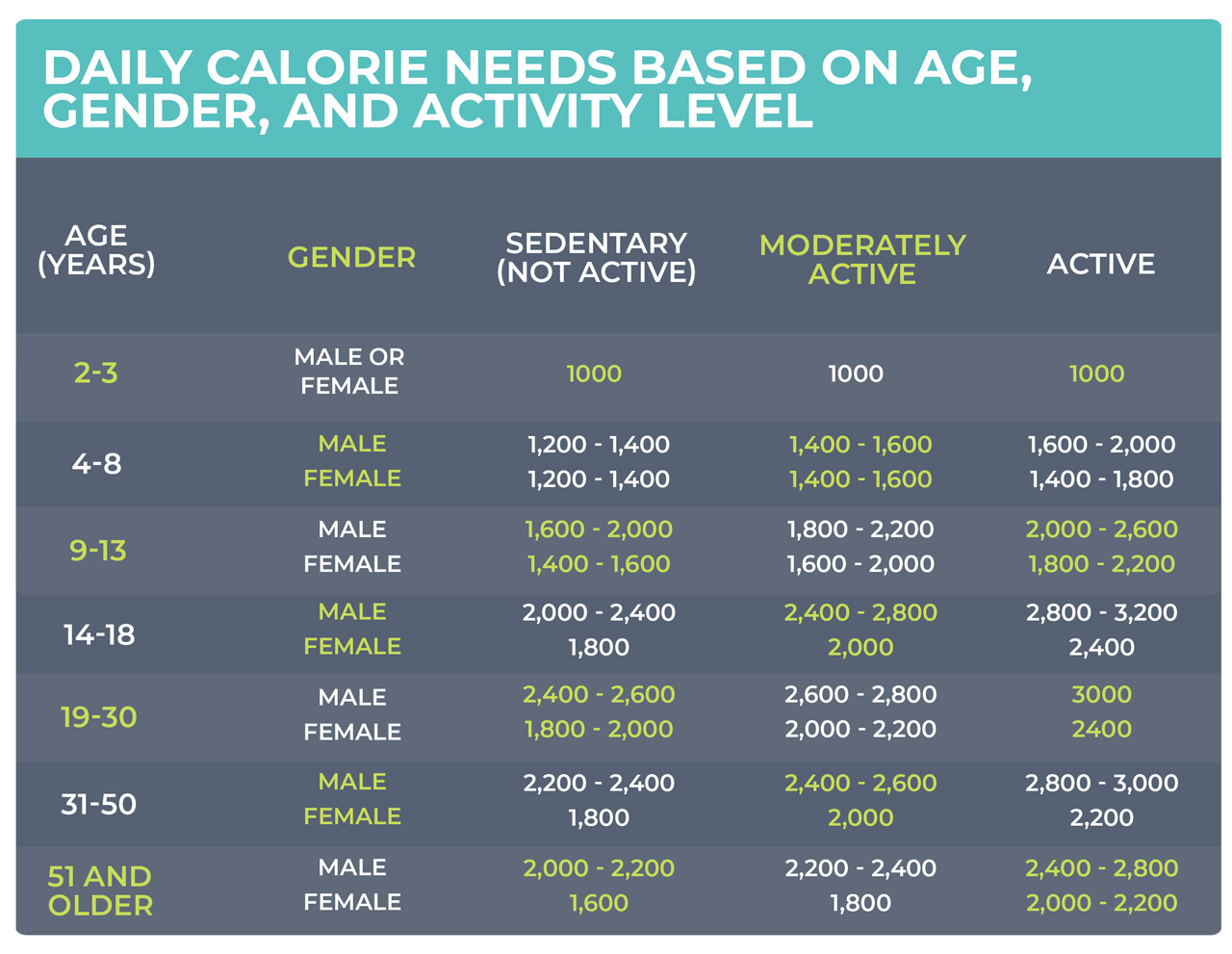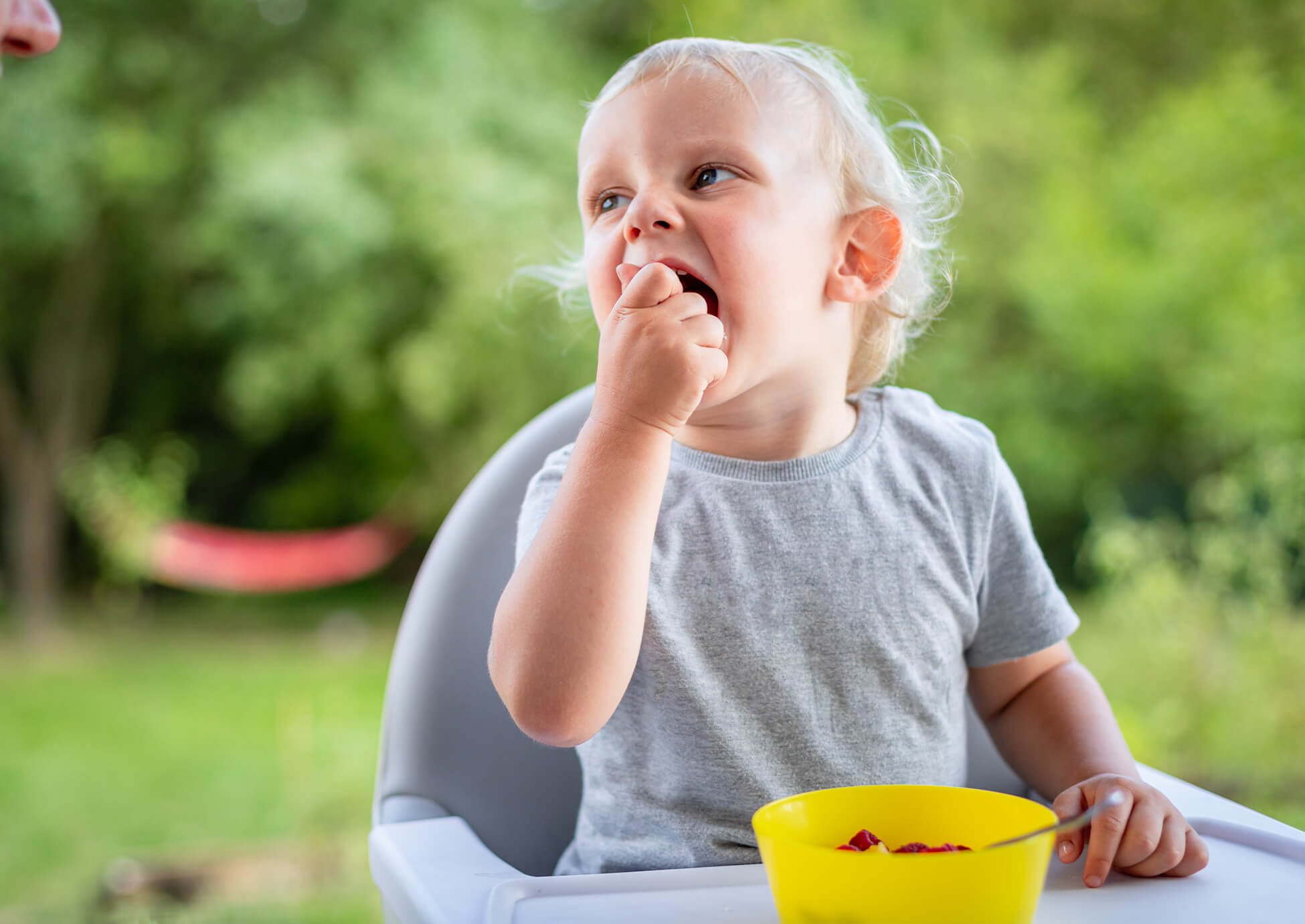Recommended Food & Drink Amounts for Children
Child abuse needs to stop and education is the key.
The following free resources are essential to driving change and
are made possible through your contributions, thank you.

Ever wonder how many calories your child really needs?
While children should not be on calorie-restricted diets unless recommended by a doctor, it’s good to be aware of your child’s calorie needs so you can help them maintain energy balance.
This chart can give you a general idea of how many calories your child needs per day based on his or her age range, gender, and physical activity level. Walking to school is an example of being moderately active. Playing a game of basketball is an example of being vigorously active.

After you find out how many calories your child needs, use the chart below to help you plan how much food from each food group to serve each day.


Food group equivalents: 1 cup of fruit equals 1 cup of raw or cooked fruit, ½ cup of dried fruit, or 1 cup of 100% fruit juice; 1 cup of vegetables equals 1 cup of raw or cooked vegetables, 2 cups of leafy salad greens, or 1 cup of 100% vegetable juice; 1 ounce of grains equals 1 slice of bread, 1 ounce of ready-to-eat cereal, or ½ cup of cooked rice, pasta or cereal; 1 ounce of protein such as lean meat, poultry, or seafood equals 1 egg, 1 tablespoon of peanut butter, ¼ cup of cooked beans or peas, or ½ ounce or nuts or seeds; 1 cup of dairy such as milk, yogurt, or fortified soy beverage equals 1 ½ ounces of natural cheese or 2 ounces of processed cheese.

Keep in mind that if your child consumes extra calories beyond what is needed, the calories need to be burned off with extra physical activity. Extra calories can quickly add up depending on what your children eat or drink.
For example, if your child eats or drinks an extra 100 calories each day but does not burn them off, that’s an extra 700 calories each week, an extra 2, 800 each month (4 weeks), or an extra 36,500 calories each year.
Ask your child’s doctor if you have any questions. Remember, these 2 charts are only a guide and each child’s needs are different.
References & Sources
- Healthychildren.org https://www.healthychildren.org/English/healthy-living/nutrition/Pages/Energy-In-Recommended-Food-Drink-Amounts-for-Children.aspx
- US Department of Agriculture and US Department of Health and Human Services. Dietary Guidelines for Americans, 2010. 7th ed. Washington, DC US Government Printing Office 2010.
Http://www.health.gov/dietaryguidelines/2010.asp
The abuse may be brief, but the trauma lasts a lifetime.
Kids’ lives and futures are on the line!
Be the voice against neglect and contribute to end child maltreatment today.
Positive Parenting Support,
At the click of a button.
Previous Section
Parenting Resource Center
Recommended Food & Drink Amounts for Children
Next Section
